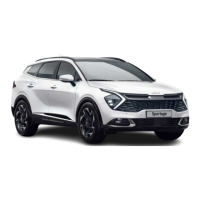
Do you have a question about the Kia Sportage 2023 and is the answer not in the manual?
| Brand | Kia |
|---|---|
| Model | Sportage 2023 |
| Category | Automobile |
| Language | English |
Comprehensive guide on seat belt usage, precautions, and restraint systems.
Information on child safety seats, recommendations for rear seat placement.
Details on installing ISOFIX child restraint systems and top-tether anchors.
Explanation of the Supplemental Restraint System (SRS) and its components.
Procedure for making emergency calls and understanding system status icons.
Covers brake system operation, failure, and safety features like ABS and ESC.
Explanation of safety systems like ABS, ESC, DBC, HAC, MCB, VSM, ESS, BAS.
Operation, settings, and limitations of the FCA system using the front camera.
Operation, settings, and limitations of the FCA system using sensor fusion.
Functionality, settings, and limitations of the Lane Keeping Assist system.
Operation, settings, and limitations of the Blind-Spot Collision Warning system.
Operation, settings, and limitations of the Blind-Spot Collision-Avoidance Assist system.
Operation, settings, and limitations of the Safe Exit Warning system.
Operation, settings, and limitations of the Manual Speed Limit Assist system.
Functionality, settings, and limitations of the Intelligent Speed Limit Assist system.
Operation, settings, and limitations of the Driver Attention Warning system.
Operation, settings, and limitations of the Blind-Spot View Monitor system.
Operation, settings, and limitations of the Cruise Control system.
Operation, settings, and limitations of the Smart Cruise Control system.
Operation, settings, and limitations of the Lane Following Assist system.
Operation, settings, and limitations of the Reverse Parking Distance Warning system.
Operation, settings, and limitations of the Forward/Reverse Parking Distance Warning system.
Operation, settings, and limitations of the Reverse Parking Collision-Avoidance Assist system.
Operation, settings, and limitations of the Remote Smart Parking Assist system.
Procedure for handling a flat tyre while driving.
Troubleshooting steps when the engine fails to start.
Instructions for jump-starting a vehicle with a discharged battery.
Steps to take if the engine overheats, including cooling procedures.
Information on checking tyre pressure and TPMS malfunction indicators.
Detailed steps for changing a tyre while equipped with TPMS.
Procedure for changing a flat tyre using the spare tyre.
Instructions and warnings for performing emergency towing.
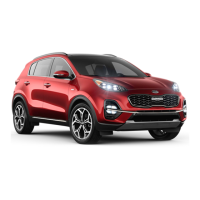

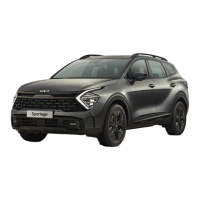
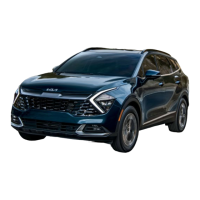
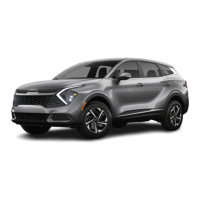
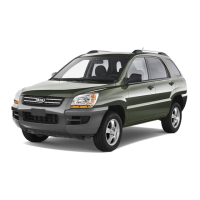
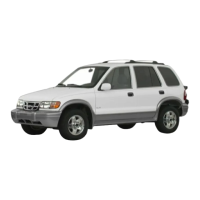
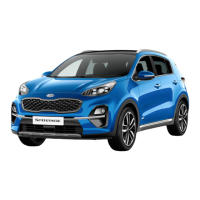
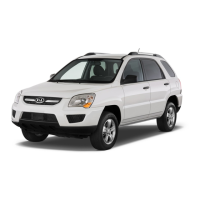
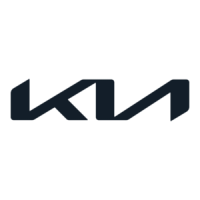
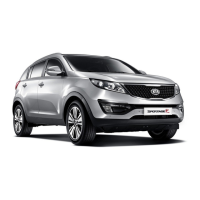
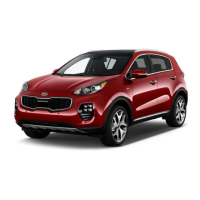
